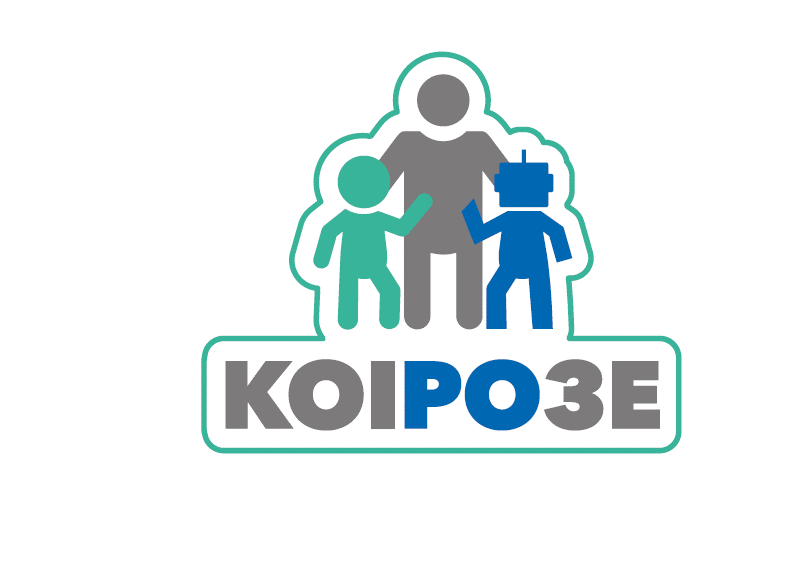- Θέλετε να μάθετε περισσότερα;?
- info@koiro3e.com
Identifying linguistic cues; towards developing robots with empathy in autism interventions – JCMK 2020, vol. 2, no. 56
29 June 2020TEACHING DAILY LIFE SKILLS IN AUTISM SPECTRUM DISORDER (ASD) INTERVENTIONS USING THE SOCIAL ROBOT PEPPER – RIE2020, BRATISLAVA, SLOVAKIA
15 August 2020SYNERGY OF INTELLIGENT ALGORITHMS FOR EFFICIENT CHILD-ROBOT INTERACTION IN SPECIAL EDUCATION: A FEASIBILITY STUDY – RIE2020, BRATISLAVA, SLOVAKIA
Abstract
In this paper the problem of algorithms’ interoperability in the context of an intelligent child-robot interaction for special education is studied. Given a technically demanding intervention scenario designed by experts, the set of algo-rithms that needed to implement the scenario are defined explicitly. Following a test case implementation involving a NAO robot, a feasibility analysis of the al-gorithms’ synergy, with respect to the adopted architecture consisting of the ro-bot, its sensory modules and the timing performance of the incorporated algo-rithms is presented. The developed algorithms have been tested both in laboratory conditions as well as in a pilot study involving three children. The experiments reveal the hardware and software requirements for the implementation of such an intervention scenario with high intelligent child-robot interaction capabilities and highlight the need for an alternative system architecture.
Citation
G. K. Sidiropoulos, C. Bazinas, C. Lytridis, G. A. Papakostas, V. G. Kaburlasos, P. Kechayas, E. Kourampa, S.-R. Katsi, H. Karatsioras, “Synergy of intelligent algorithms for efficient child-robot interaction in special education: a feasibility study”, 11th International Conference on Robotics in Education (RiE), Bratislava, Slovakia, 30 September – 2 October 2020
